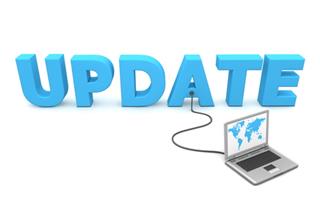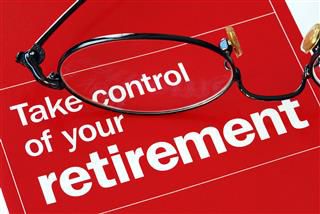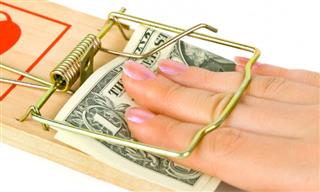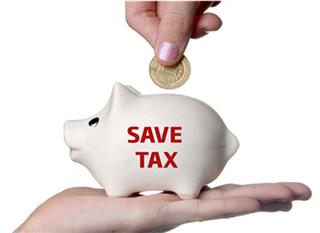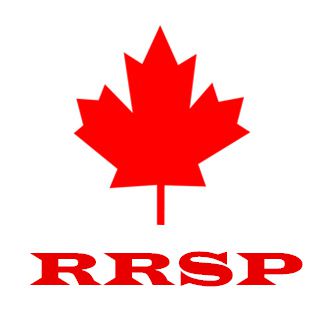Top 8 New Business Taxes Questions

If you just start your business, there will be a lot of things to consider. One of them should be your new business taxes, because you don’t want to get into trouble with CRA. Business tax is more complicated than personal tax. As a new start-up, knowing the most important tax rules will help you stay out of trouble and save your taxes.
1. Do I need a business number?
You don’t have to get a business number before you start your business. While you are registering for the GST/HST account, payroll account, import/export account, or incorporating your business, you will be assigned a business number automatically.
2. Do I need receipts?
Always keep really good records. Canada Revenue Agency (CRA) requires that all of your business expenses need to be backed up with receipts, so you have to collect them and keep them for six years, as the CRA may want to look at them sometime.
3. Do I need a GST/HST number?
GST/HST may be one of the most confusing areas in new business taxes. It also brings tax problems if you don’t handle it well.
If your business only provides GST/HST exempt goods and services such as residential rental, child care, health care and education service, you cannot register a GST/HST account. This means that you cannot charge your customers GST/HST, and you cannot claim the GST/HST you pay on your business expenses.
If your business provides GST/HST taxable goods and services, and your business revenue is less than $30,000/year, you are not required to register a GST/HST account. However, if your business revenue is more than $30,000/year, you have to register for a GST/HST account and charge your customer GST/HST.
The advantage of having a GST/HST account is that you can recover the GST/HST you pay on your business expenses. The disadvantage is that you will have to charge your customers GST/HST, which will increase the price your customers have to pay.
4. Do I have to pay EI premiums?
You do have the option for registering in the EI program for self-employed persons. However, this program does not provide coverage if your business fails. It only provides maternity, parental, sickness and compassionate care benefits.
5. Can I have losses in my new business tax?
You can have losses on your business. If you are self-employed, you can use the losses to offset other income. If you have already incorporated your business, the losses can only be carried forward rather than offsetting your personal income.
6. Do I have to pay Canada Pension Plan (CPP)?
If your net income from your business is more than $3,500, you will have to pay CPP. The contribution rate is 9.9% of your business income, and the maximum contribution is $4,712.40. You pay it to CRA after filing your income tax.
7. If I borrowed money to run my business, can I deduct all the interest?
Generally, the interest you pay on the money you borrowed to run your business is tax deductible. You can also deduct related fees, such as a fee you’ve paid to reduce the interest rate on your loan, or a fee related to your purchase or improvement of a business property, including application, appraisal, and relevant legal fees.
8 How much money do I need for taxes?
At the tax year end, you have to calculate your new business taxes. Depends on your business net income, you may have to pay income tax, CPP and HST. Since no tax is deducted on your business income, you may end up own money to CRA in the tax year end, even after maximizing your business tax deduction. It is always better to have fund ready to pay your tax bill.
It is never easy to start a new business. According to Industry Canada, only 51% of small and medium-sized businesses in Canada survive for five years. For those that endure, at least a portion of their success can be attributed to an efficient new business taxes planning.


